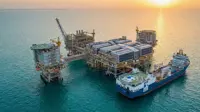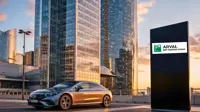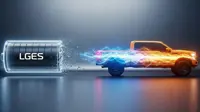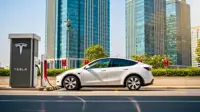Book excerpt from Frugal Innovation: Principle three: create sustainable solutions
24 Apr 2015
Levi Strauss recently adopted the design for sustainability principle to create jeans that can be manufactured using fewer natural resources. For instance, it's Levi's Water<Less collection, launched in 2011, uses up to 96% less water for some styles than regular jeans do during the finishing process. Each pair is processed using only 1 litre of water.
Levi Strauss has already produced 62 million items using the Water<Less process, which it claims has saved over 770 million litres of water (enough to fill 308 Olympic-sized swimming pools). In 2013, Levi Strauss also launched Waste<Less, a denim collection that incorporates post-consumer waste, specifically recycled plastic bottles and food trays. At its launch, each pair of Waste<Less jeans included a minimum of 20% post-consumer waste, on average eight plastic bottles. Levi Strauss estimates that its spring 2013 Waste<Less collection uses over 3.5 million recycled plastic bottles.
In 2013, Levi Strauss also set up a world-class water recycling system in one of its Chinese supplier's factories. This system has since helped produce 100,000 pairs of women's jeans with 100% recycled water, saving 12 million litres of water. The company is currently spreading tis water recycling system to other suppliers and collections. In 2014, Levi Strauss's Dockers brand launched the Wellthread collection, a new line of clothing designed explicitly for long-term durability-the opposite of disposable, fast fashion. All Wellthread products are made of 100% cotton fabrics, thread and pocketing, and their dyeing process uses less energy and water. The garments are designed with reinforced pockets and buttonholes to extend their lifespan, and there are locker hoops and overlapped shoulder seams on T-shirts to support hang drying instead of machine drying.
Commenting on Levi Strauss's commitment to sustainable design, Michael Kobori, vice-president of global sustainability notes:
We don't want to create separate, dedicated ''green'' product lines. Rather, we invest in innovative technologies like WaterLess and processes like Wellthread that can be applied across multiple product lines, making sustainability a core design principle for all our products. We want to gradually build a rich design-for-sustainability toolkit that we would share with our suppliers, and even our competitors. The hypercompetitive apparel sector is known for its race to the bottom. We want to initiate a race to the top by uplifting the sustainability standards of the entire industry.






















